
A November garden means a myriad of different things to gardeners all around the world.
One needs to take into consideration: Northern or Southern hemisphere. Plant Hardiness Zone. Climate change and current weather patterns. Size of garden. Varieties of plants/vegetables/fruit trees. Greenhouse. Compost.
The list goes on and on!
Yet, many homesteading and gardening chores are universal. Weeding, watering and adding organic matter to your garden beds are just for starters.
Then comes garden design – now that your garden is growing bare, what can be improved upon to make next year the best season ever?
Insects and fungal diseases? Those are year-round signs to watch out for.
Checklist for November garden care
Gardens never really take a day off, neither do gardeners.
Like with piles of dishes and mountains of laundry, the work in a garden is never really done. You need to keep at it week after week, month after month, for the most bountiful and beautiful results.
When November rolls around, even if your garden is slowly starting to sleep, there are still chores to be done.
Here are a handful of outdoor activities to get you started!
1. November harvest time!
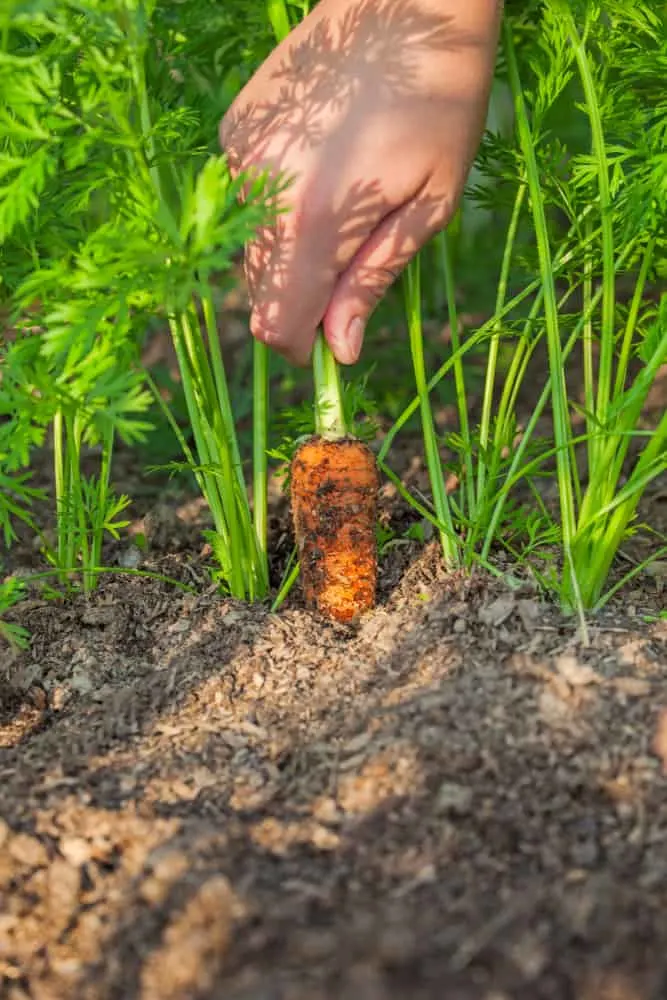
Seasonal harvests are location dependent, though if you’ve planted on time, had plenty of rain and a little bit of gardening luck, you may be experiencing a glut (or a modest harvest) of the following:
- carrots
- parsnips
- celeriac
- cabbage
- Brussels sprouts
- cauliflower
- late varieties of lettuce
- kohlrabi
- leeks
- pumpkins
- turnips
All of them are perfect for fresh eating, others for preserving or storing well into the winter. Grab them all before the first frosts hit, with the exception of the parsnips – leave them in the ground for a few chilly nights to sweeten them up even more.
2. Prepare garden beds for winter
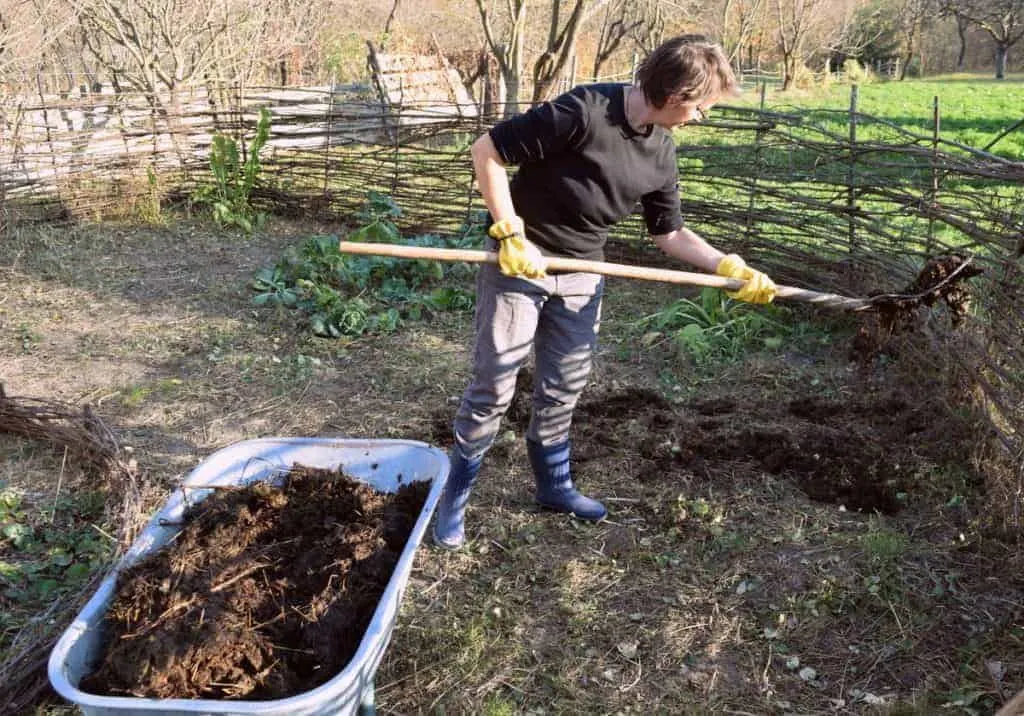
At this time of year, annual plants really begin to show their age. They become disheveled and untidy, losing their leaves, decomposing down to their very roots.
Yet, it is a beautiful process – of renewal and soil nourishment.
Disease-free plants can simply be composted and left on the ground in a no-dig garden.
It is also time to think about soil amendments such as aged manure, bone meal, kelp and rich compost.
Here’s our total guide to preparing your beds for winter.
3. Leaves, more leaves, and leaf mold
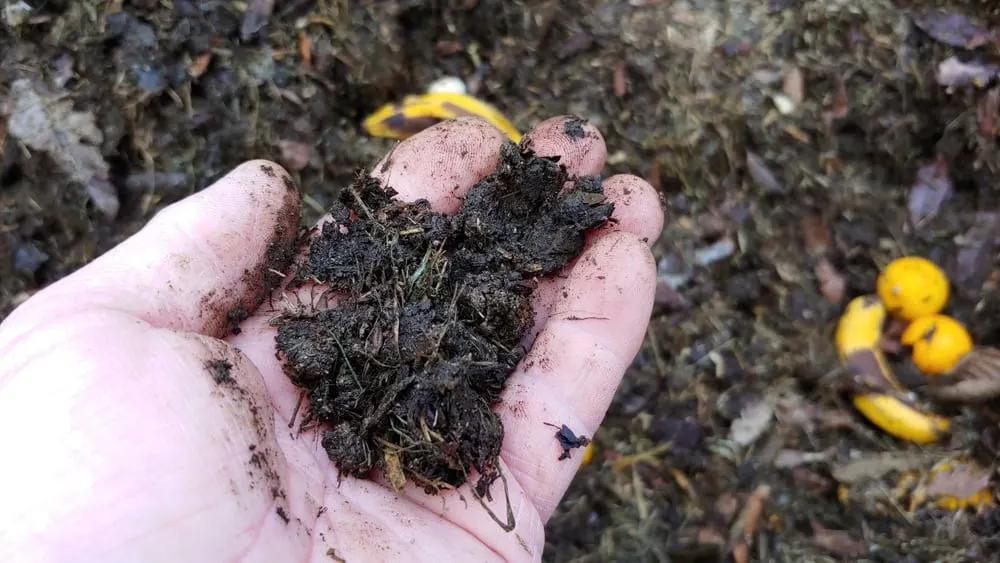
Autumn comes when it comes, and it is often over before you know it!
From one brightly colored leaf falling, to the masses blanketing the ground can take anywhere from a few seconds to a few weeks. Harness the power of all that leaf matter and learn how to make leaf mold.
You can also use fallen leaves as a layer of winter mulch in your garden. Fruit tree leaves and deciduous shade tree leaves perform the best, stay away from acidic conifer needles.
4. Maintain garden tools
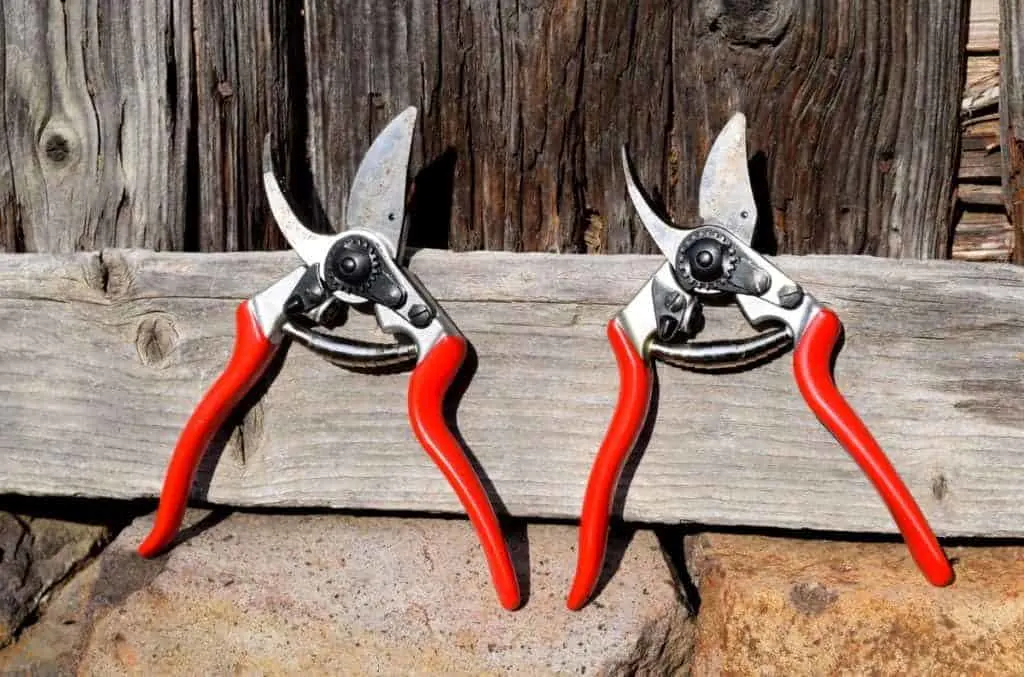
As the weather gets colder and the days grow shorter, you will have plenty of time to daydream about your “dream garden”.
In the meantime, you’ll have some extra minutes on hand to clean, sharpen and maintain all of your garden tools.
Now, that your tools are going to rest for an extended period of time, take the opportunity to restore the edges of pruners and saws, sharpen your axes for chopping wood, and make sure that shovels, spades and hoes are as dirtless as can be.
Wash all tools to remove debris/manure/compost, then sand away any rusty spots with a wire brush or sandpaper. Oil your garden tools, if necessary, as you prepare them for next season’s work.
5. Keep composting!
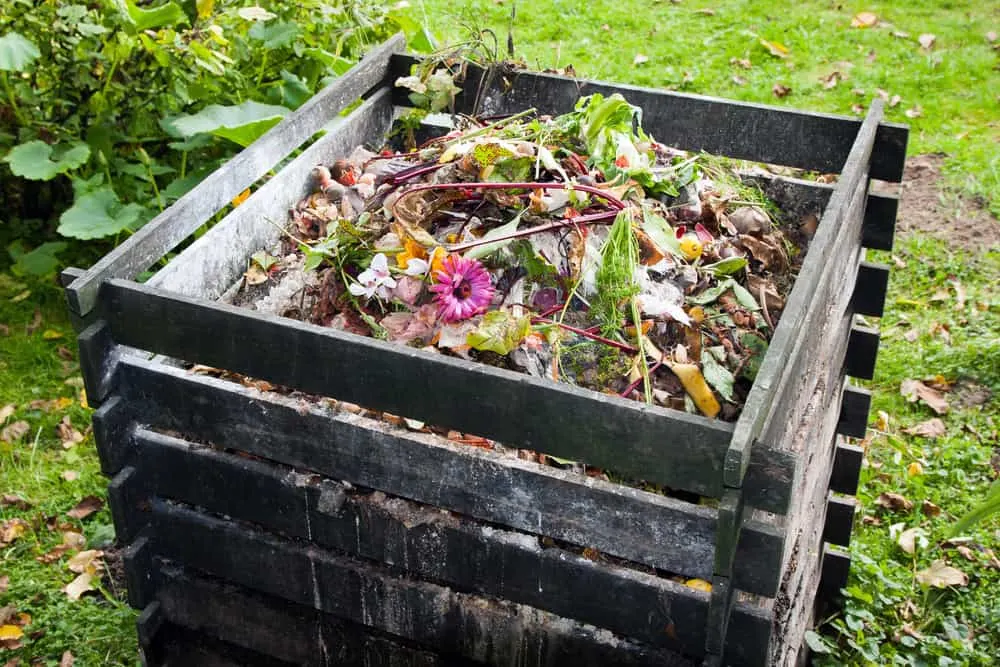
Just because we are feeling the chill, doesn’t mean we have to stop composting – so long as your bin is large enough to contain your kitchen and garden scraps. The compost will survive the winter, guaranteed.
And if you don’t have a compost system set up yet, perhaps now is the time to build one.
6. Cut back perennial weeds
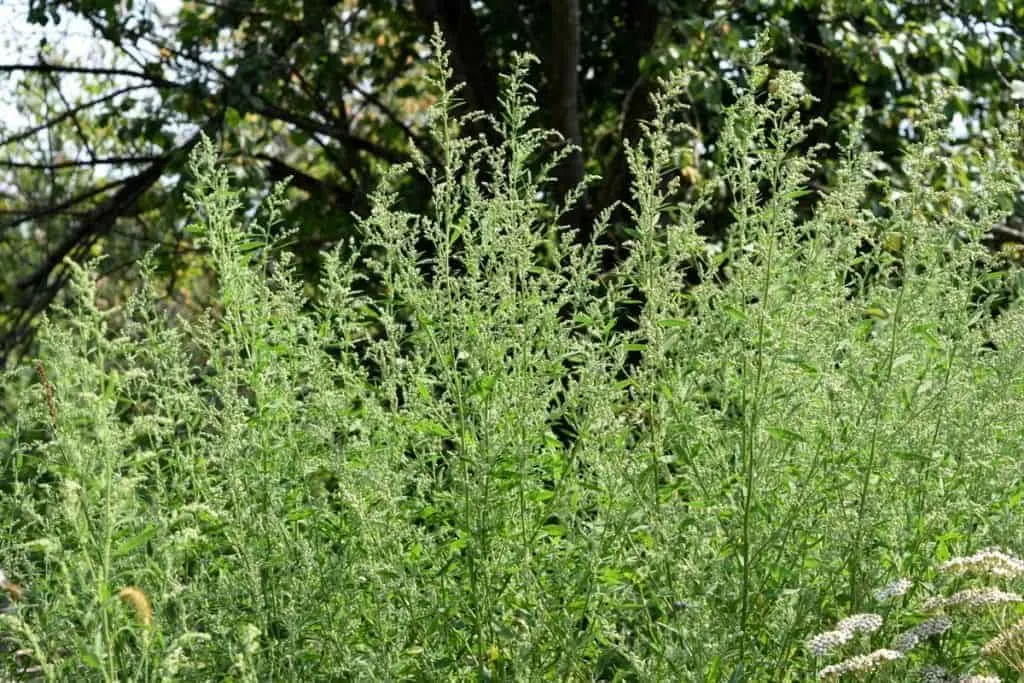
Garden weeds such as dandelion, goosefoot, plantain and nettle are fading back into the earth. As perennials, they are sure to be back next year, bright and early in the season.
For now, you can cut them back as closely to the ground as possible and leave them be until spring.
If removal is your only option (no one likes to pick lettuce in a bed of sneaky nettle – it has happened once before…) dig them out, roots and all with as little soil disturbance as possible.
7. Start forcing bulbs to brighten the winter holidays
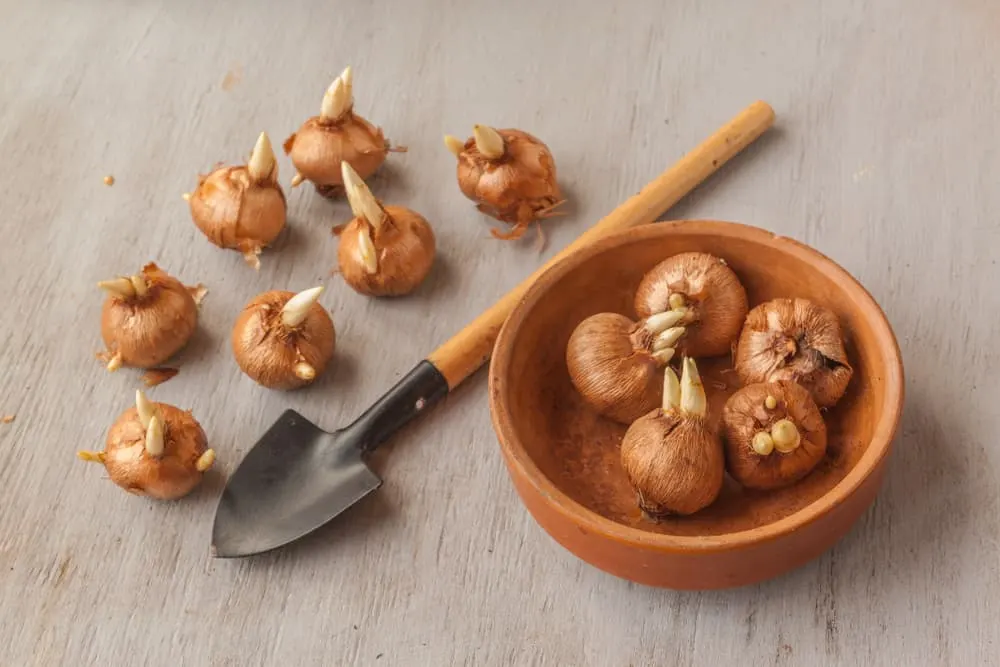
Daffodils and hyacinths? Tulips and crocuses splashing and swaying in the white of winter?
There is a subtle art to forcing bulbs to decorate your winterscape, you’ll find all you need to know right here:
Forcing Bulbs – It’s Easier Than You Think @ White Flower Farm
November garden care in frosty zones
Once you have harvested all of your late garden crops and prepared the beds for winter, now it is time to plan, and take action, for spring beauty.
Plant flowering bulbs, starting now!
You will also want to drain any hoses, put away irrigation equipment, and put a protective burlap barrier around newly planted fruit trees and evergreens.
November garden care in frost-free zones
If winters are warmer where you garden, and live, it is business as usual. Now is the time to divide any perennials that need to be thinned. It is also an opportune time to plant azaleas, roses and camellias to adorn the landscape. Keep watering and checking for insects.
Now, that harvesting of summer and autumn vegetables is slowing down, you can thin them out, reorganize and add compost to your garden spaces.
If it is not too late, here are 10 Vegetables You Can Plant In Fall
One last November garden chore before you go!
If your ground is still frost-free and plunging temperatures aren’t in the forecast any time soon, it may still be a wonderful time to get your fall-planted garlic in the ground.
With all these garden tasks checked off your list, now you can tend to the goats or the chickens, feed the animals, cut some more firewood, and finally sit down to relax with a steaming mug of herbal tea.
Don’t forget to care for your indoor plants too!

Get the famous Rural Sprout newsletter delivered to your inbox.
Including Sunday ramblings from our editor, Tracey, as well as “What’s Up Wednesday” our roundup of what’s in season and new article updates and alerts.

